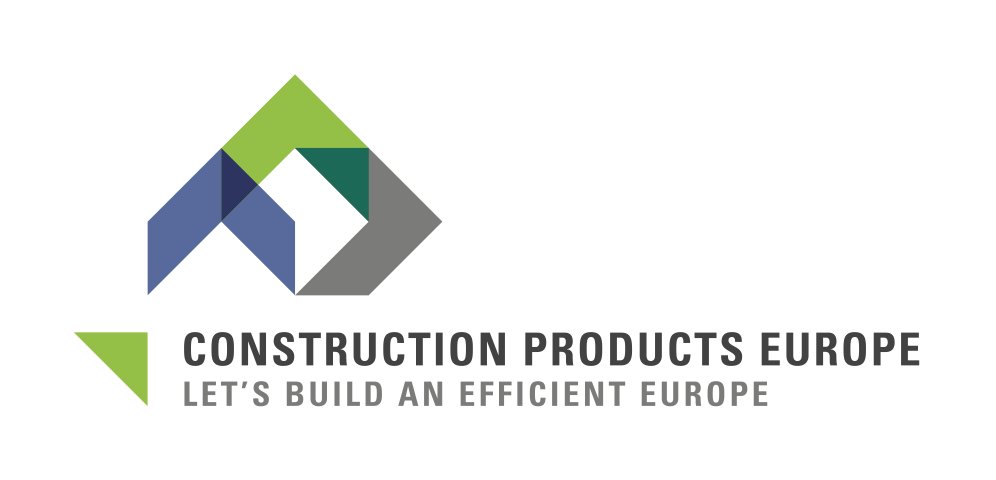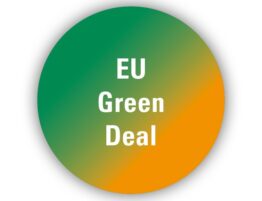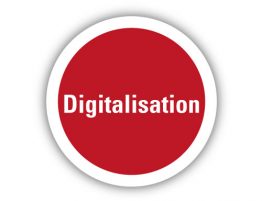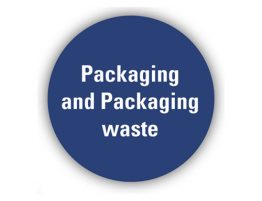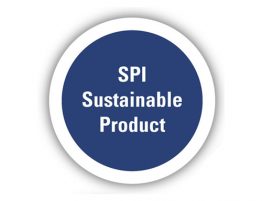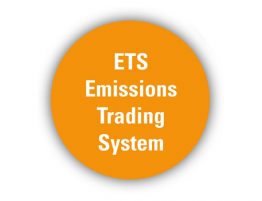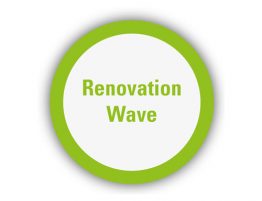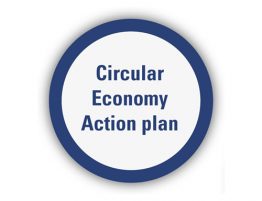EPR applied to construction products
Extended Producer Responsibility is a transfer of financial and / or physical responsibility for management of waste products from governments and consumers to the producer, as defined in a policy instrument. Its goal is incentivise manufacturers to consider durability, reparability and end of life as part of the product design.
Product take back
Producers are required to take back end of life products
Waste management fees
The final owner pays a fee for management of end of
life products
Advance disposal fee
A tax or charge is levied when the product is sold to reflect the cost of managing end of life products
Mandatory deposit refund
A deposit is levied when the product is sold, and refunded when the product is returned to a collection point
Recycling incentives
Measures to stimulate recycling markets, such as subsidies to collectors, reprocessors or users of recycled materials, or minimum recycled-content regulations
Disposal disincentives
Taxes on landfill and/or incineration
Policy instruments for waste minimisation (OECD)
Construction value chain, on the contrary to other industrial business, is flexible and project specific with disperse decision-making: architect, contractor, commissioner, etc. The role of manufacturers is limited and subject to decisions at a later stage. In fact, the “product” in construction is the building. In any case, these principles are not applicable to all construction products. When the decision-making is short and manufacturers are closer to final users, EPR may present advantages to other approaches.
While EPR is aligned to circular economy principles, it will not work for most material flows in construction for various technical reasons:
- Demand and offer of secondary raw materials is disconnected and may involve additional environmental impacts
- Open loops are very common in construction and present additional challenges to the design of the EPR policy instruments
- Design, installation, geographical area and other conditions influence the life span of construction products and are unknown by the manufacturer
- Environmental impact of transport may be neglected in some policy options such as take-back.
The previous list is not exhaustive but reflects how EPR potential to change construction industry towards a more circular approach is limited.
Limit EPR to certain products does not mean reducing the efforts of the industry on this field. Information used to define EPR policies are available in Environmental Product Declarations but instead of being used simplifying the approach to transfer a theoretical burden to the manufacturer, allows the detailed calculation of the environmental performance of the construction. Decision-making based on this second approach is much more reliable, efficient and less likely to distort the market towards solutions which may not be the best.
Limiting EPR to certain products does not mean reducing the efforts of the industry in this field. Information used to define EPR policies are available in Environmental Product Declarations but instead of simplifying the approach to transfer a theoretical burden to the manufacturer. EPD allow the detailed calculation of the environmental performance of the construction. Decision-making based on this second approach is much more reliable, efficient and less likely to distort the market towards solutions which may not be suitable.
For those products for which EPR may be appropriate, it should follow a harmonised system applicable in the different Member States in coherence with European statutes on products and goods trade. This approach will guarantee a well-functioning single market for construction products across the European Union. Having different schemes in Member States will require considerable adjustments from manufacturers to specific markets and will cause significant additional costs and disruption.
Considerations should include:
- Alignment with regard to rules and guidelines for setting up EPR schemes at national and European level.
- Assuring fair competition within Europe for products manufactured in and outside EU within the framework of the circular economy.
- Increased enforcement and market surveillance to ensure a level playing field across Europe.
- Eco-modulation fees based on criteria rewarding innovation in design for improving the circularity of products, based on harmonized definitions and quality criteria across Europe. This could include uptake of recycled content, design for disassembly and
recycling, availability of collection systems and recycling technology.
